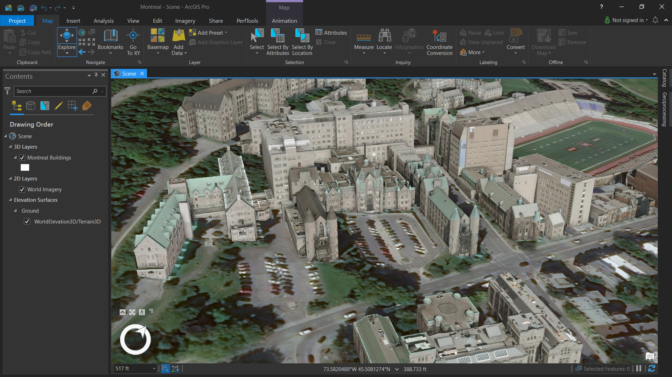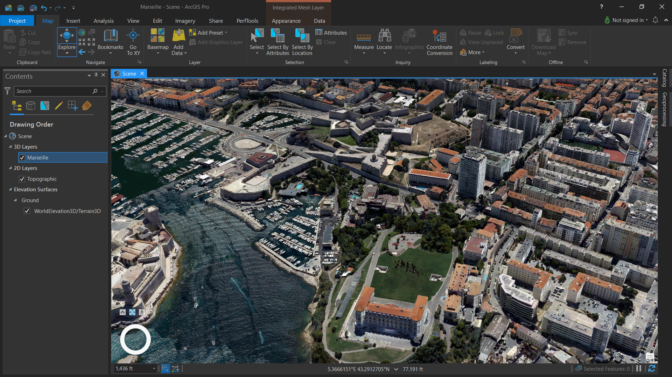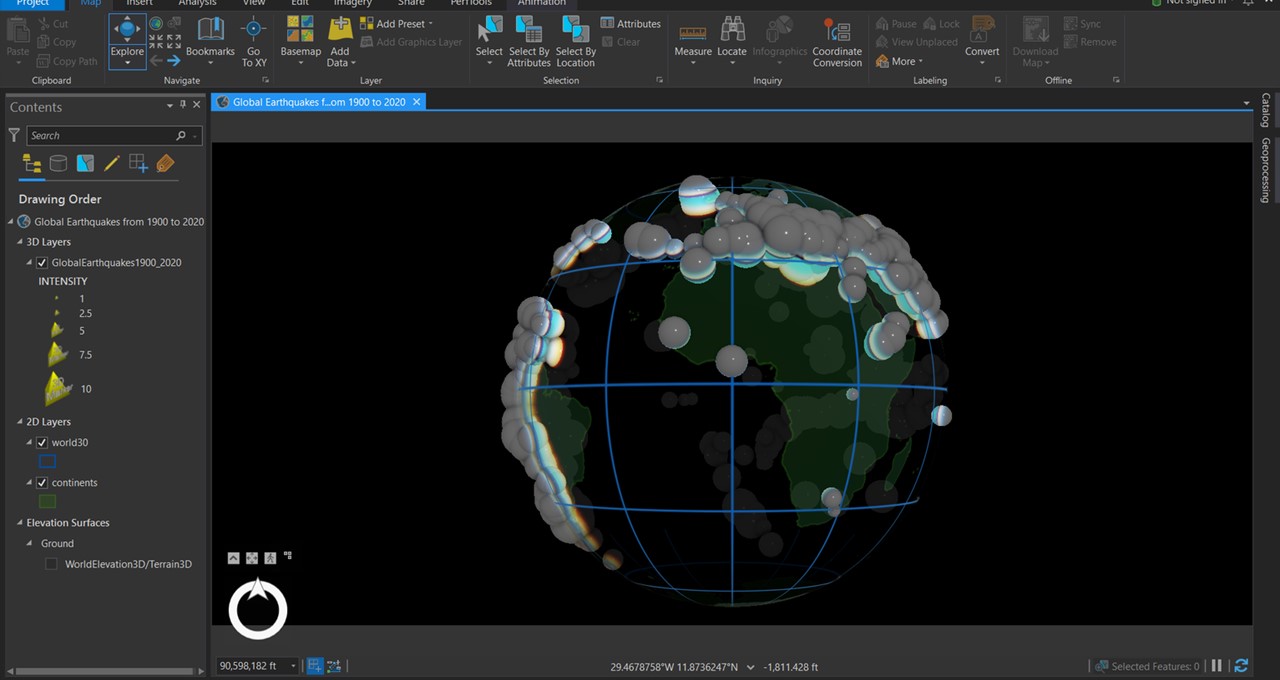Businesses have been scrambling to find the tools and software to make it easier for their employees to work remotely. But one software company was prepared from the beginning by using virtualization.
For California-based Esri, virtual machines have been essential to software developers. Since the teams are globally dispersed, they use a virtual environment where everyone can log in and create daily builds or run tests of Esri’s ArcGIS software.
With NVIDIA Quadro Virtual Data Center Workstation (Quadro vDWS), Esri employees across the globe can easily log into VMs and run their complex tasks from any location. This helped Esri employees quickly shift to working remotely when the pandemic occurred.
The GPU-accelerated virtual workstations provide developers with the performance and flexibility needed to continue running computationally intensive workflows, even when working outside of the office.

Quadro vDWS Brings More Flexibility, Mobility and Power
Esri develops ArcGIS, the world’s most powerful mapping and spatial analytics software, which enables users to visualize and analyze data from 2D and 3D maps with its ArcGIS Pro desktop application.
Esri learned years ago that its ArcGIS workflows required GPUs to provide a smoother user experience while panning and zooming 2D/3D data, as well as to accelerate performance for geospatial functionalities like deep learning.
The software development teams also run automatic and holistic tests on ArcGIS Pro nearly every day of the week, but when it comes to the larger tasks, their physical workstations don’t always have enough power.
With Quadro vDWS, developers get GPU acceleration to create software daily builds, run tests during the development cycle and ultimately build released versions of ArcGIS. Employees from around the world can easily log into the virtual environment, while IT can provide VMs that vary in GPU capabilities and memory.
This flexibility allows Esri to categorize its software developers and create GPU-powered VMs based on their needs and workflows — whether they’re testing pieces of functionality, building features related to deep learning or using certain scripts.

And since Esri has been using VDI for many years, the company adjusted quickly when coronavirus cases started to spread, requiring everyone to work remotely. It’s like the employees never left the office, as the Quadro Virtual Workstations performed just as well as physical ones.
“What was surprising was how smoothly the transition was, because we have a large virtualized environment where people can still get a lot of things done,” said John Meza, performance engineering team lead at Esri. “We can continue to run processes and create large builds, just like we could when we were in the office. We did not miss a beat.”
In addition to increased flexibility and mobility, Esri takes advantage of virtualization benefits like centralized maintenance and administration, including OS-level patching, virus scanning and driver updates.
Get more insights about virtualization at the GPU Technology Conference, taking place October 5-9, when Esri representatives will share best practices on how to remotely access Esri ArcGIS Pro with Quadro-powered virtual workstations from the data center or cloud.
